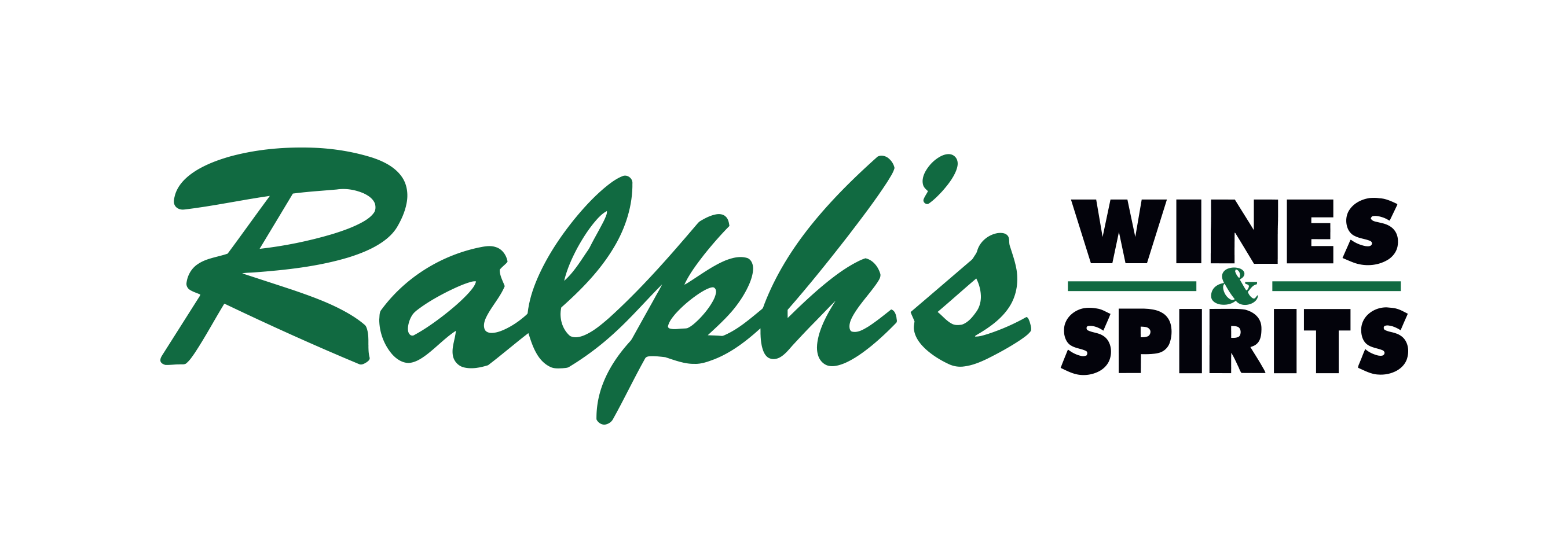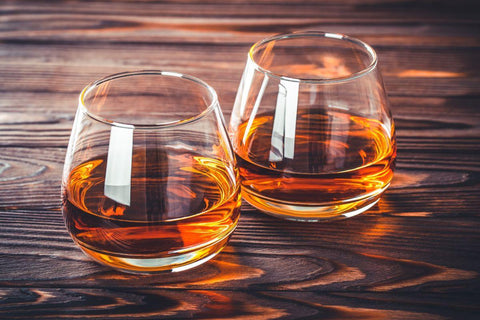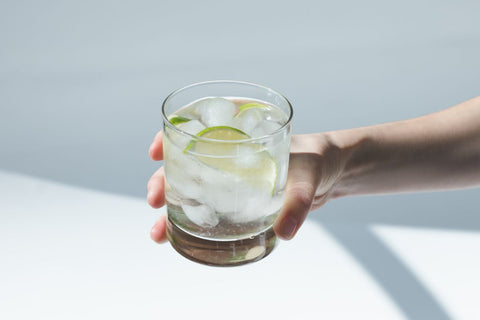What are the top wine trends of 2023 to look out for?
- Generational Differences in Consumption
- Values-based and Sustainable Winemaking
- Emerging Regions
- Hybrid and Indigenous Grapes
- No- and Low-Alcohol Wines
- Continued Popularity of Premium Wines
In the past few years, the global pandemic took precedence as the cause for most developments in the wine industry and other worldwide trends. Sparkling wine for everyday consumption became popular, while demand and supply faced adversities in the face of a global shutdown.
This year, we’re rising through the aftermath of the pandemic and faced with all-new expectations for the wine world. In this article, we’ll discuss the wine trends of 2023 to look out for.
Generational Differences in Consumption

A majority of the year’s trends focus on a new market of wine consumers and how their values dictate their preferences when it comes to wine. There’s a distinct difference among drinkers who are boomers, Gen X, millennials, and Gen Z, so adapting to the younger market might be challenging for sellers who are fond of the status quo.
Millennials continue to strive for more value and unusual varieties, while Gen Z buyers believe in a strong sense of sustainability in their purchases and patronage.
Values-based and Sustainable Winemaking
Nowadays, a bottle of wine is so much more than just a bottle of wine. Drinkers are starting to pay attention to the story behind their glass: how the grapes are grown, how workers are treated, and even how the wine is packaged, among other concerns. They want to know because they want to buy wines—and, other products—whose suppliers share their values.
Most of those values center around sustainability. As the issue of climate change continues to gain attention, buyers start to patronize wineries that uphold the preservation of the environment. This includes those that recycle water, use fewer pesticides, minimize non-recyclable waste, lessen their carbon footprint, and treat their workers fairly.
Another thing millennials and legal-age Gen Z drinkers are concerned with is their health. That’s why they’re also more likely to choose more organic wines, with less human intervention.
Emerging Regions

Climate change is making its mark on the world, and unfortunately, nature is its biggest victim. Because prime regions in the United States and Europe have been victims of frosts, fires, or droughts in recent years, wines from less-established regions around the US and other countries have been gaining traction. Wine experts praise the innovation and impact of various wines from unsung regions, and with the millennial market constantly looking for off-the-beaten-path options, there’s no stopping these regions in the years to come.
Hybrid and Indigenous Grapes
Hybrid and indigenous varieties of grapes can handle extreme growing conditions and so can survive despite the effects of climate change. Because of this, wines from these varieties are expected to flourish in the months and years to come.
In lesser-known wine regions, ancient, native grapes show the best chances of survival, while hybrids are developed specifically for their resistance to the effects of planetary warming. Especially in the US, these varieties are paving the way for less-established wine regions to be discovered and recognized all over the world.
No- and Low-Alcohol Wines
In line with focusing on their health and wellness, an increasing number of millennials and legal-age Gen Z drinkers opt for healthier alternatives to regular wine, thus prompting the trend of no-alcohol or low-alcohol (NOLO) wines.
They’re not the only ones, however. Even people beyond this age range want to regulate their alcohol intake, as the world is looking toward healthier options for all kinds of food and drinks, and so even regular wine drinkers are moving toward low- or no-alcohol options.
Continued Popularity of Premium Wines

All these changes aside, wine experts agree that high-end wines will retain their vibrancy and popularity. Price increases for more expensive wines have only been well-received by loyal patrons, and as for inflation, people are merely choosing to drink less, not worse, as they still choose premium wines like the Montes Purple Angel Carmenere.
Luxury wines seem to have been untouchable since 2016, with the general trend being a very healthy fine wine market. Vintages may have suffered due to natural disasters, but warming temperatures due to climate change have caused more consistent ripening, allowing for better wines overall.
Let’s not forget, as well, that the world’s richest only got richer during the pandemic, and being kept in lockdown meant drinking more wine at home. Even the middle class now has funds that they would have used for travel or personal expenses but can now be put into other purchases. That’s why generally, there was a huge increase in the quality and variety of wines people were buying during and after the pandemic.
Key Takeaway
As you can see, most of the wine trends this 2023 point toward changes in the market and industry, except for premium wine which will always be popular. The market—especially millennials and Gen Z—is placing importance on health, wellness, and sustainability, so its wine options are leaning toward those same values as well.
If you’re looking for a wine that never runs out of style, Montes Alpha Cabernet Sauvignon is the one for you. Otherwise, you can browse the rest of our collection for other blends that match your taste. And as always, make sure you source your wines from the provider of the best red wines in the Philippines, Ralph’s!



